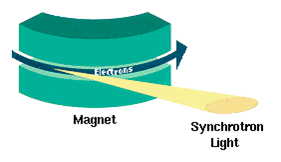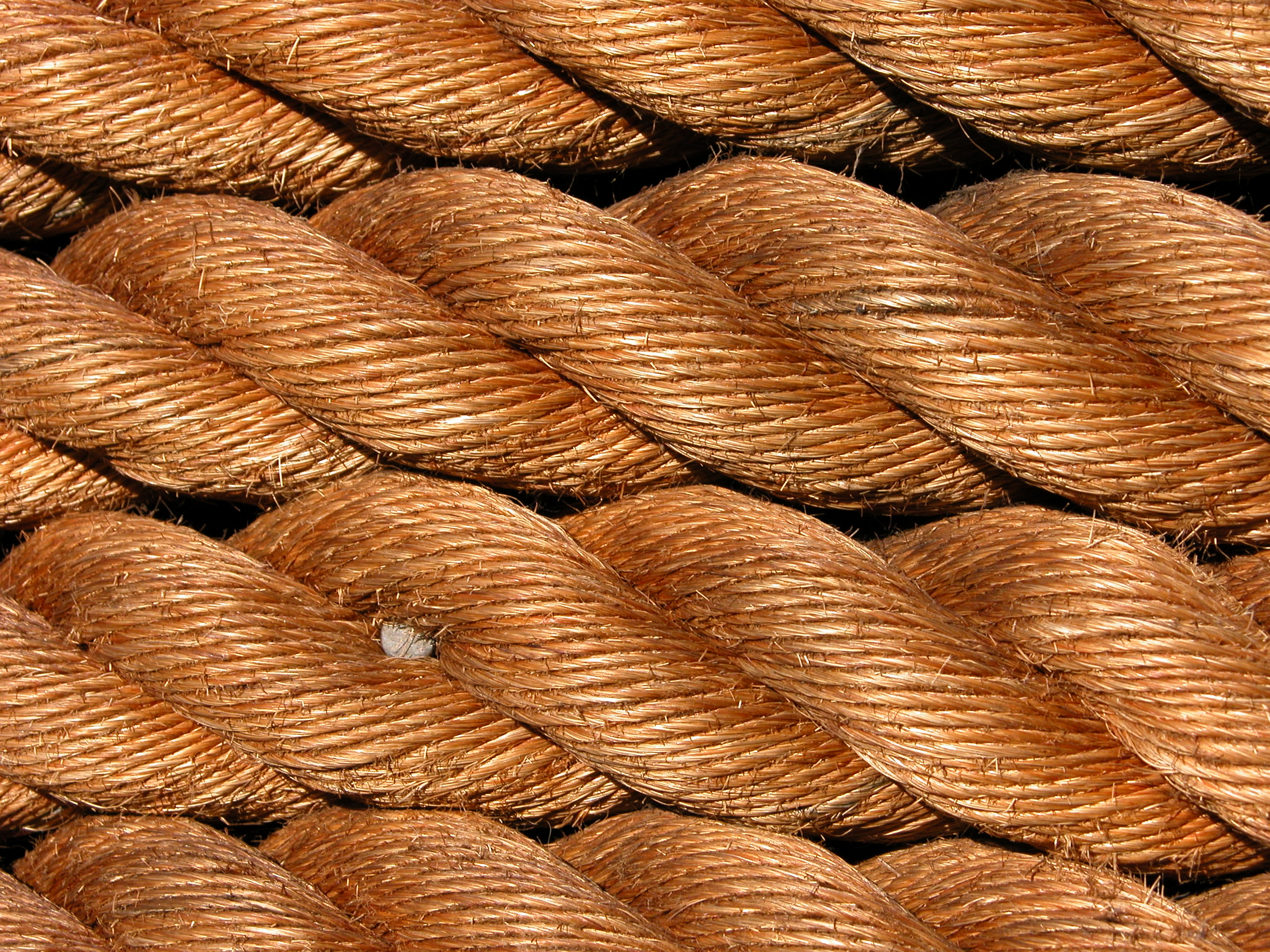|
Joel Sussman
Joel L. Sussman (born September 24, 1943) is an Israeli crystallographer best known for his studies on acetylcholinesterase, a key protein involved in transmission of nerve signals. He is the Morton and Gladys Pickman Professor of Structural Biology at the Weizmann Institute of Science in Rehovot and its director of the Israel Structural Proteomics Center. Early life and education Sussman was born in Philadelphia, Pennsylvania, US. In 1965, Sussman received his B.A. at Cornell University in math and physics. He received his PhD from MIT in biophysics in 1972, having worked with Cyrus Levinthal. Sussman conducted postdoctoral research in the Hebrew University of Jerusalem in 1972, with Yehuda Lapidot, and in the Duke University in 1973 with Sung-Hou Kim. Appointments and positions held Sussman held the following positions at the Weizmann Institute of Science: * 1976–80 – Senior Scientist * 1980–92 – Associate Professor * 1992–date – Professor * 1984–85 – Head, ... [...More Info...] [...Related Items...] OR: [Wikipedia] [Google] [Baidu] |
Weizmann Institute Of Science
The Weizmann Institute of Science ( he, מכון ויצמן למדע ''Machon Vaitzman LeMada'') is a public research university in Rehovot, Israel, established in 1934, 14 years before the State of Israel. It differs from other Israeli universities in that it offers only postgraduate degrees in the natural and exact sciences. It is a multidisciplinary research center, with around 3,800 scientists, postdoctoral fellows, Ph.D. and M.Sc. students, and scientific, technical, and administrative staff working at the institute. As of 2019, six Nobel laureates and three Turing Award winners have been associated with the Weizmann Institute of Science. History Founded in 1934 by Chaim Weizmann and his first team, among them Benjamin M. Bloch, as the Daniel Sieff Research Institute. Weizmann had offered the post of director to Nobel Prize laureate Fritz Haber, but took over the directorship himself after Haber's death en route to Palestine. Before he became President of the State o ... [...More Info...] [...Related Items...] OR: [Wikipedia] [Google] [Baidu] |
Sung-Hou Kim
Kim Sung-Hou (born 1937) is a Korean-born American structural biologist and biophysicist. Kim reported the first 3D structure of tRNA with A. Rich in 1973. He also published many papers on the structures of protein molecules including human Ras, human cyclin dependent kinase 2 and small heat shock protein. He is a member of the U.S. National Academy of Sciences and a fellow of the American Academy of Arts and Sciences since 1994. He is currently a professor in the Department of Chemistry at the U.C. Berkeley and a faculty scientist at Lawrence Berkeley National Laboratory (LBL). Biography Kim Sung-Hou was born in 1937 in Korea. He obtained his B.S. (1960) and M.S. (1962) in chemistry from Seoul National University, South Korea, and his PhD in 1966 from the University of Pittsburgh. From 1966 to 1970 he was a research associate at the Massachusetts Institute of Technology under Alexander Rich, and a senior research scientist there from 1970 to 1972, also with Rich. From 1972 ... [...More Info...] [...Related Items...] OR: [Wikipedia] [Google] [Baidu] |
Halotolerance
Halotolerance is the adaptation of living organisms to conditions of high salinity. Halotolerant species tend to live in areas such as hypersaline lakes, coastal dunes, saline deserts, salt marshes, and inland salt seas and springs. Halophiles are organisms that live in highly saline environments, and require the salinity to survive, while halotolerant organisms (belonging to different domains of life) can grow under saline conditions, but do not require elevated concentrations of salt for growth. Halophytes are salt-tolerant higher plants. Halotolerant microorganisms are of considerable biotechnological interest. Applications Fields of scientific research relevant to halotolerance include biochemistry, molecular biology, cell biology, physiology, ecology, and genetics. An understanding of halotolerance can be applicable to areas such as arid-zone agriculture, xeriscaping, aquaculture (of fish or algae), bioproduction of desirable compounds (such as phycobiliproteins or carotenoi ... [...More Info...] [...Related Items...] OR: [Wikipedia] [Google] [Baidu] |
Synchrotron Radiation
Synchrotron radiation (also known as magnetobremsstrahlung radiation) is the electromagnetic radiation emitted when relativistic charged particles are subject to an acceleration perpendicular to their velocity (). It is produced artificially in some types of particle accelerators, or naturally by fast electrons moving through magnetic fields. The radiation produced in this way has a characteristic polarization and the frequencies generated can range over a large portion of the electromagnetic spectrum. Synchrotron radiation is similar to bremsstrahlung radiation, which is emitted by a charged particle when the acceleration is parallel to the direction of motion. The general term for radiation emitted by particles in a magnetic field is ''gyromagnetic radiation'', for which synchrotron radiation is the ultra-relativistic special case. Radiation emitted by charged particles moving non-relativistically in a magnetic field is called cyclotron emission. For particles in the mildly ... [...More Info...] [...Related Items...] OR: [Wikipedia] [Google] [Baidu] |
Superhelix
A superhelix is a molecular structure in which a helix is itself coiled into a helix. This is significant to both proteins and genetic material, such as overwound circular DNA. The earliest significant reference in molecular biology is from 1971, by F. B. Fuller: A geometric invariant of a space curve, the writhing number, is defined and studied. For the central curve of a twisted cord the writhing number measures the extent to which coiling of the central curve has relieved local twisting of the cord. This study originated in response to questions that arise in the study of supercoiled double-stranded DNA rings.'' About the writhing number, mathematician W. F. Pohl says: It is well known that the writhing number is a standard measure of the global geometry of a closed space curve.'' Contrary to intuition, a topological property, the linking number, arises from the geometric properties twist and writhe according to the following relationship: :''L''''k''= ''T'' + ''W'', wh ... [...More Info...] [...Related Items...] OR: [Wikipedia] [Google] [Baidu] |
Cytoplasm
In cell biology, the cytoplasm is all of the material within a eukaryotic cell, enclosed by the cell membrane, except for the cell nucleus. The material inside the nucleus and contained within the nuclear membrane is termed the nucleoplasm. The main components of the cytoplasm are cytosol (a gel-like substance), the organelles (the cell's internal sub-structures), and various cytoplasmic inclusions. The cytoplasm is about 80% water and is usually colorless. The submicroscopic ground cell substance or cytoplasmic matrix which remains after exclusion of the cell organelles and particles is groundplasm. It is the hyaloplasm of light microscopy, a highly complex, polyphasic system in which all resolvable cytoplasmic elements are suspended, including the larger organelles such as the ribosomes, mitochondria, the plant plastids, lipid droplets, and vacuoles. Most cellular activities take place within the cytoplasm, such as many metabolic pathways including glycolysis, and proces ... [...More Info...] [...Related Items...] OR: [Wikipedia] [Google] [Baidu] |
Cholinesterase
The enzyme cholinesterase (EC 3.1.1.8, choline esterase; systematic name acylcholine acylhydrolase) catalyses the hydrolysis of choline-based esters: : an acylcholine + H2O = choline + a carboxylate Several of these serve as neurotransmitters. Thus, it is either of two enzymes that catalyze the hydrolysis of these cholinergic neurotransmitters, such as breaking acetylcholine into choline and acetic acid. These reactions are necessary to allow a cholinergic neuron to return to its resting state after activation. For example, in muscle contraction, acetylcholine at a neuromuscular junction triggers a contraction; but for the muscle to relax afterward, rather than remaining locked in a tense state, the acetylcholine must be broken down by a choline esterase. The main type for that purpose is acetylcholinesterase (also called choline esterase I or erythrocyte cholinesterase); it is found mainly in chemical synapses and red blood cell membranes. The other type is butyrylcholinestera ... [...More Info...] [...Related Items...] OR: [Wikipedia] [Google] [Baidu] |
Ligand
In coordination chemistry, a ligand is an ion or molecule (functional group) that binds to a central metal atom to form a coordination complex. The bonding with the metal generally involves formal donation of one or more of the ligand's electron pairs, often through Lewis bases. The nature of metal–ligand bonding can range from covalent to ionic. Furthermore, the metal–ligand bond order can range from one to three. Ligands are viewed as Lewis bases, although rare cases are known to involve Lewis acidic "ligands". Metals and metalloids are bound to ligands in almost all circumstances, although gaseous "naked" metal ions can be generated in a high vacuum. Ligands in a complex dictate the reactivity of the central atom, including ligand substitution rates, the reactivity of the ligands themselves, and redox. Ligand selection requires critical consideration in many practical areas, including bioinorganic and medicinal chemistry, homogeneous catalysis, and environmental chemi ... [...More Info...] [...Related Items...] OR: [Wikipedia] [Google] [Baidu] |
Acetylcholine
Acetylcholine (ACh) is an organic chemical that functions in the brain and body of many types of animals (including humans) as a neurotransmitter. Its name is derived from its chemical structure: it is an ester of acetic acid and choline. Parts in the body that use or are affected by acetylcholine are referred to as cholinergic. Substances that increase or decrease the overall activity of the cholinergic system are called cholinergics and anticholinergics, respectively. Acetylcholine is the neurotransmitter used at the neuromuscular junction—in other words, it is the chemical that motor neurons of the nervous system release in order to activate muscles. This property means that drugs that affect cholinergic systems can have very dangerous effects ranging from paralysis to convulsions. Acetylcholine is also a neurotransmitter in the autonomic nervous system, both as an internal transmitter for the sympathetic nervous system and as the final product released by the parasymp ... [...More Info...] [...Related Items...] OR: [Wikipedia] [Google] [Baidu] |
Alpha/beta Hydrolase Fold
The alpha/beta hydrolase superfamily is a superfamily of hydrolytic enzymes of widely differing phylogenetic origin and catalytic function that share a common fold. The core of each enzyme is an alpha/beta-sheet (rather than a barrel), containing 8 beta strands connected by 6 alpha helices. The enzymes are believed to have diverged from a common ancestor, retaining little obvious sequence similarity, but preserving the arrangement of the catalytic residues. All have a catalytic triad, the elements of which are borne on loops, which are the best-conserved structural features of the fold. The alpha/beta hydrolase fold includes proteases, lipases, peroxidases, esterases, epoxide hydrolases and dehalogenases. Database The ESTHER database provides a large collection of information about this superfamily of proteins. Subfamilies * 3-oxoadipate enol-lactonase Human proteins containing this domain ABHD10; ABHD11; ABHD12; ABHD12B; ABHD13; ABHD2; ABHD3; ABHD4; ABHD5; ABHD6; A ... [...More Info...] [...Related Items...] OR: [Wikipedia] [Google] [Baidu] |
Science (journal)
''Science'', also widely referred to as ''Science Magazine'', is the peer-reviewed academic journal of the American Association for the Advancement of Science (AAAS) and one of the world's top academic journals. It was first published in 1880, is currently circulated weekly and has a subscriber base of around 130,000. Because institutional subscriptions and online access serve a larger audience, its estimated readership is over 400,000 people. ''Science'' is based in Washington, D.C., United States, with a second office in Cambridge, UK. Contents The major focus of the journal is publishing important original scientific research and research reviews, but ''Science'' also publishes science-related news, opinions on science policy and other matters of interest to scientists and others who are concerned with the wide implications of science and technology. Unlike most scientific journals, which focus on a specific field, ''Science'' and its rival ''Nature (journal), Nature'' c ... [...More Info...] [...Related Items...] OR: [Wikipedia] [Google] [Baidu] |




4-3D-balls.png)

